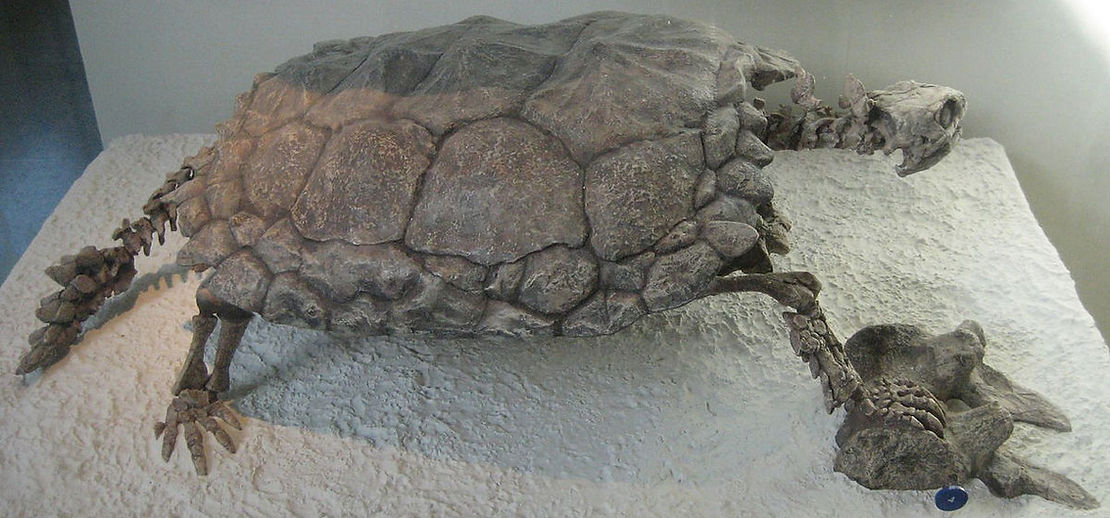By: Thomas Liu
Paleontologists recently found a complete fossil of an ancient sea turtle called Solnhofia. Dr.Rabi, a paleontologist and a professor at the University of Tübingen from Germany, said this is the most complete sample of this turtle ever discovered.
The fossil of this ancient sea turtle was found in today’s Baravia, Germany, but in the late Jurassic period, this area was a tropical sea region. Compared to other places, surprisingly, this area had a great variation of species in the Jurassic period compared to now, and many of them are waiting to be discovered, said Dr. Rabi. Because of its unique environment, the dead bodies of these ancient animals can be easily preserved.
This turtle was originally found in the same place in 1975, but the paleontologists found only the skull and some pieces. With this significant discovery, paleontologists can know this animal better.
Furthermore, this helps paleontologists to structure the evolution of turtles. After comparing the modern turtle with the ancient turtle, paleontologists discover that they differ significantly. Dr. Rabi adds that the ancestors of modern sea turtles have adapted several times to fit the environmental change in the Mesozoic Era. The Solnhofia, on the other hand, kept decreasing until they became extinct.
Modern sea turtles have organs for them to adapt to more severe environments. Modern sea turtles have a wide distribution throughout the globe because they can travel a long distance, while the Jurassic Sea turtles cannot travel. These are all signs of evolution.
Because of climate change, iceberg melting makes the sea level increase. The environment becomes more like the Jurassic Era. According to Dr. Rabi, these turtles may return to this world again.











